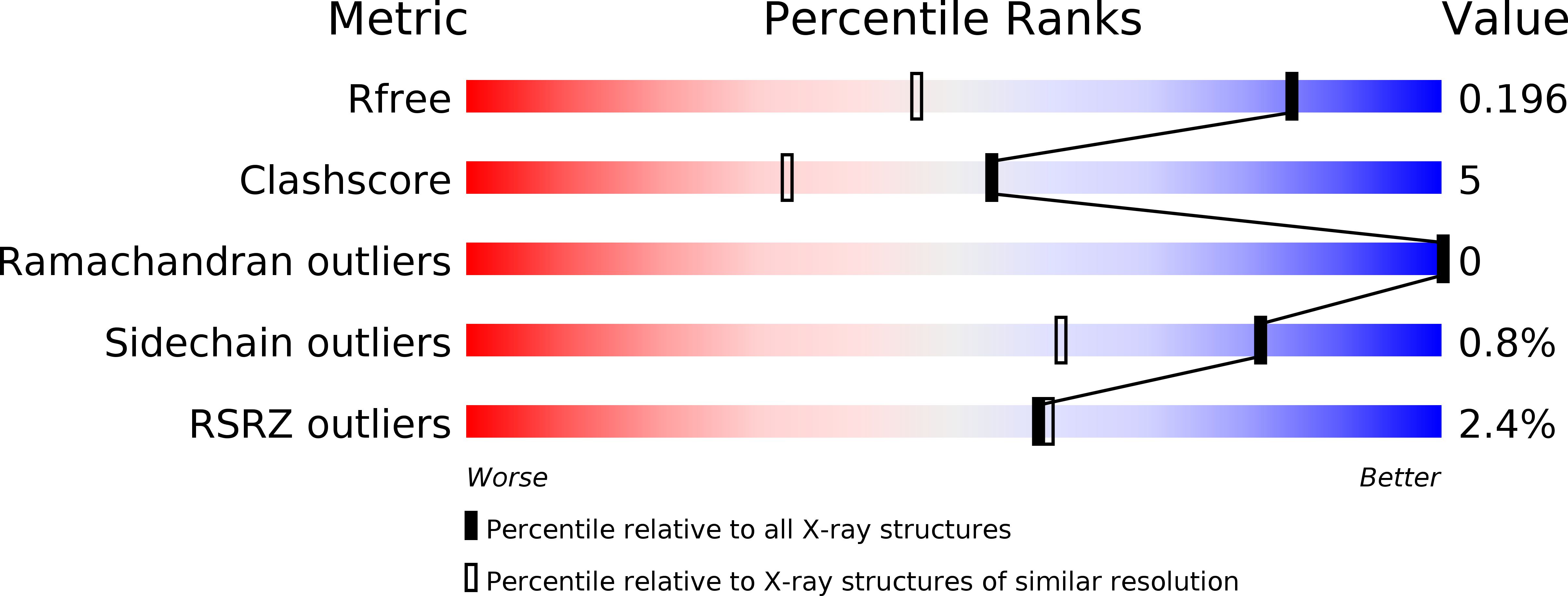
Deposition Date
2012-06-01
Release Date
2013-02-06
Last Version Date
2024-03-20
Entry Detail
PDB ID:
3VTO
Keywords:
Title:
The crystal structure of the C-terminal domain of Mu phage central spike
Biological Source:
Source Organism:
Enterobacteria phage Mu (Taxon ID: 10677)
Host Organism:
Method Details:
Experimental Method:
Resolution:
1.44 Å
R-Value Free:
0.19
R-Value Work:
0.16
R-Value Observed:
0.16
Space Group:
P 1 21 1


